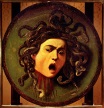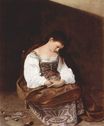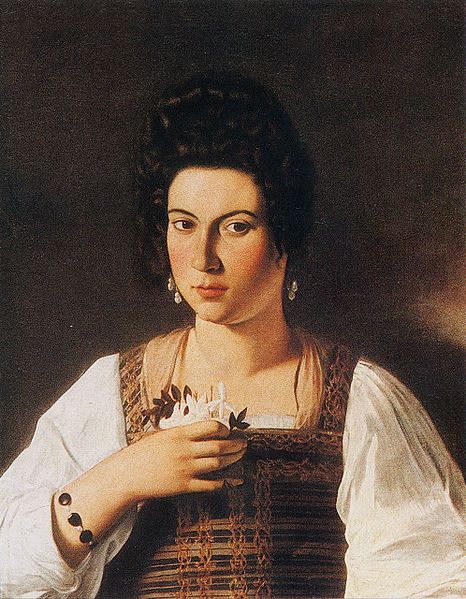Caravaggio - Portrait of a Courtesan 1597
 |
 |
 |
 |
 |
 |
 |

Portrait of a Courtesan 1597
66x53cm oil/canvas
Bode Museum, Berlin, Germany, Destroyed
The image is only being used for informational and educational purposes
<< Previous G a l l e r y Next >>
From Wikipedia, the free encyclopedia:
Painted between 1597 and 1599, it was destroyed in Berlin in 1945 and is known only from photographs. It has been suggested that the portrait represents the goddess Flora. Earlier scholars identified the flower she presses to her breast as orange blossom or bergamot, symbol of marriage and fidelity, and claimed the subject as Caterina Campi, wife of Caravaggio's friend Onorio Longhi. Caravaggio scholar John Gash, however, identifies the flowers as "definitely jasmine", symbol of erotic love, and therefore more suitable to a courtesan than to a respectable married woman. The portrait belonged to Caravaggio's patron, Marchese Vincenzo Giustiniani, and the 1638 inventory of the Giustiniani collection lists a "portrait of a courtesan named Fillide", identified by modern scholars as Fillide Melandroni.